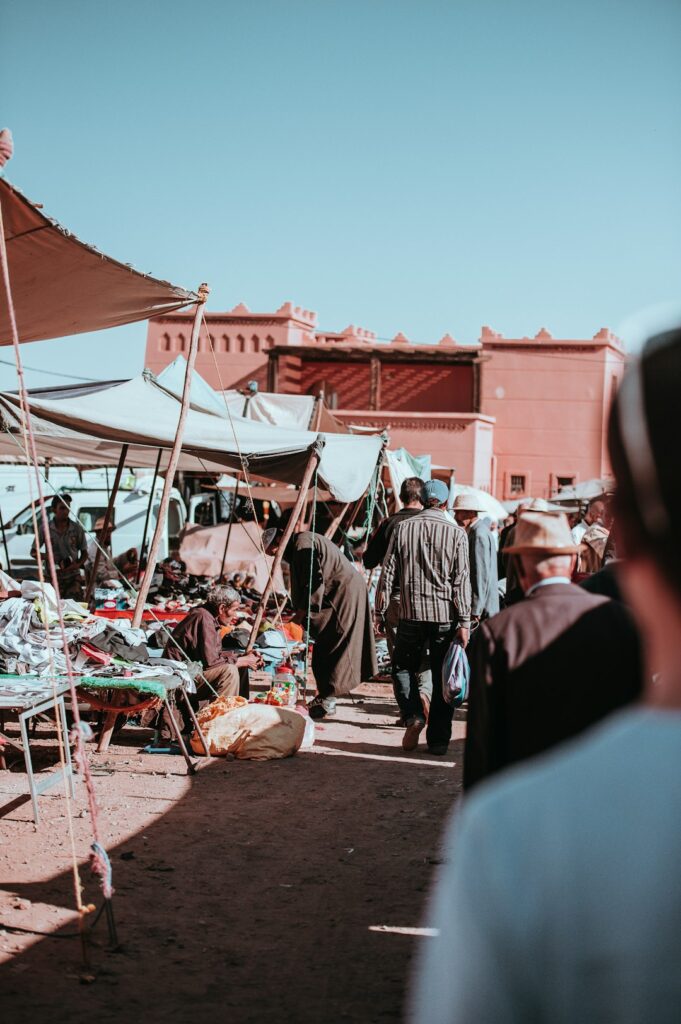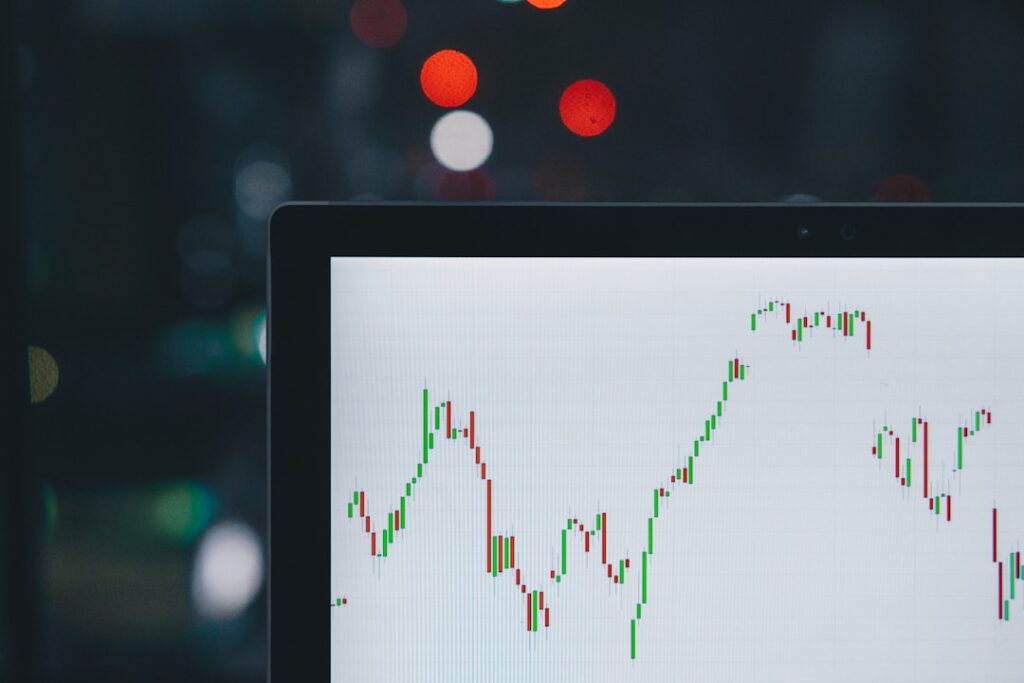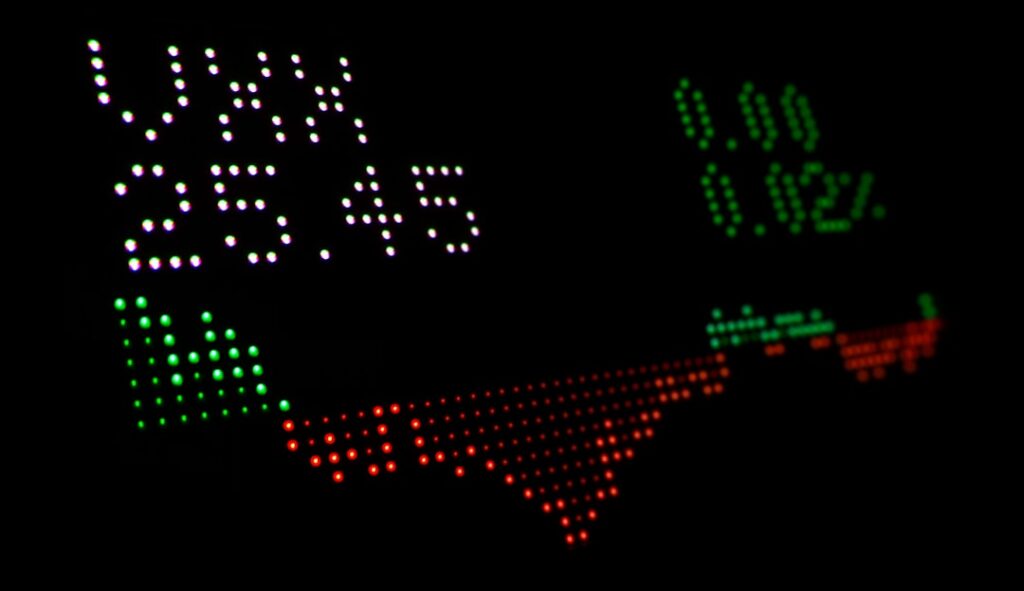Could the Dollar Bounce Back to 108? A Potential “Hawkish Cut” by the Fed Explained
The US dollar has been on a bit of a rollercoaster ride recently, and whispers of it potentially climbing back to 108 against other major currencies are getting louder. This speculation is fueled by the idea of a “hawkish cut” by the Federal Reserve (the Fed), which might sound like a contradiction, but it’s a key concept to grasp if you’re following the financial markets. Let’s break down what this all means and why it matters to you.
Essentially, a hawkish cut is when a central bank, like the Fed, lowers interest rates (a “cut”) but simultaneously signals that this doesn’t mean they’re going soft on inflation. It’s a balancing act. They’re trying to stimulate the economy with lower rates, while also making it clear they’re ready to hike them back up if inflation starts to rear its head again. The current economic climate is a bit uncertain. While inflation has cooled down from its peak, it’s still above the Fed’s target. At the same time, there are concerns about a potential economic slowdown. This tricky situation is why the Fed might opt for a hawkish cut – a way to provide some support without completely abandoning their fight against inflation.
So, how does this relate to the dollar’s potential rise? Well, a hawkish cut can boost a currency’s value because it signals that the central bank is still committed to maintaining price stability. This can attract foreign investment, increasing demand for the currency and pushing its value up. If the Fed manages to pull off this delicate maneuver and convince the markets that they’re serious about keeping inflation in check, we could see the dollar strengthen considerably, potentially reaching 108 or even higher. However, it’s not a guaranteed outcome. A lot depends on how the market interprets the Fed’s actions and how the broader global economic landscape evolves. Keeping an eye on upcoming Fed announcements and economic data releases will be crucial for understanding how this story unfolds. This is a developing situation, so staying informed is the best way to navigate these potentially volatile market movements.








